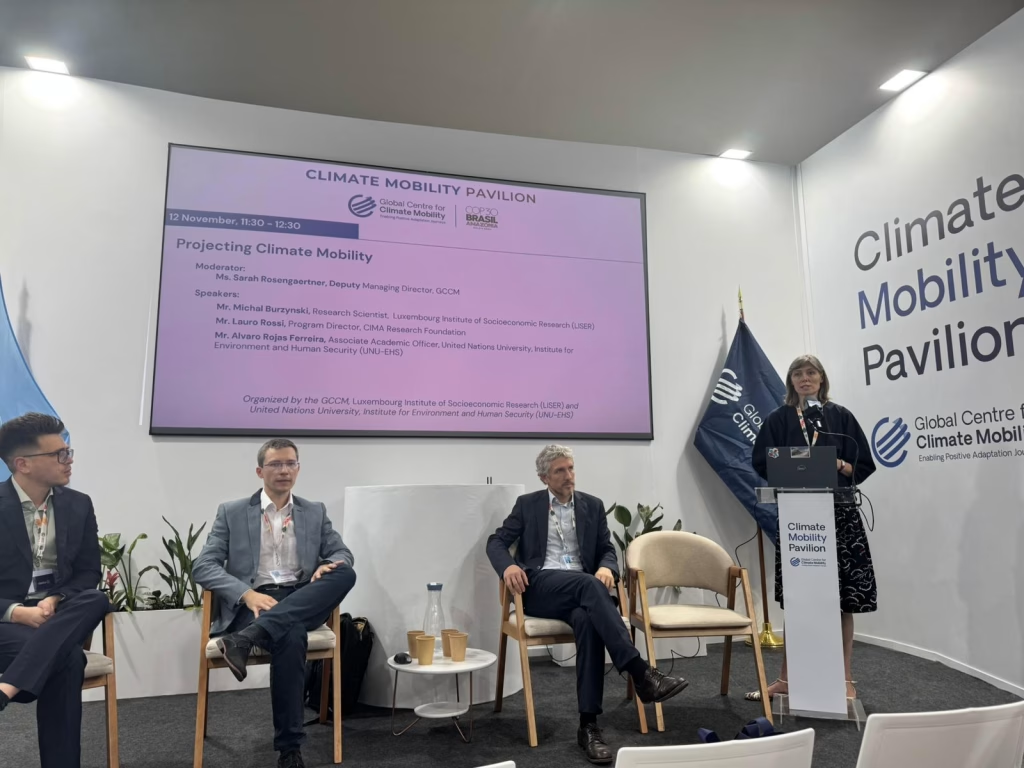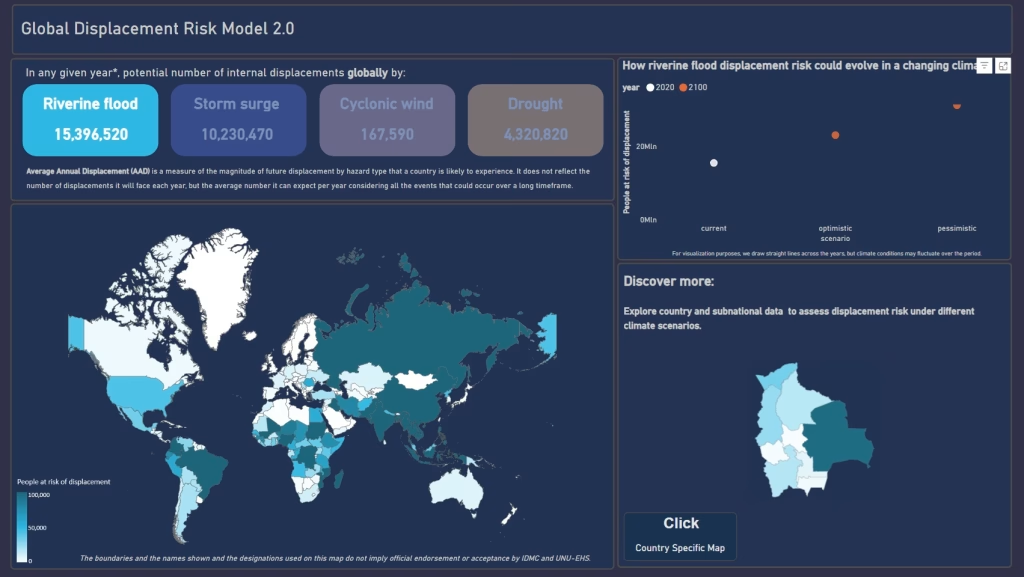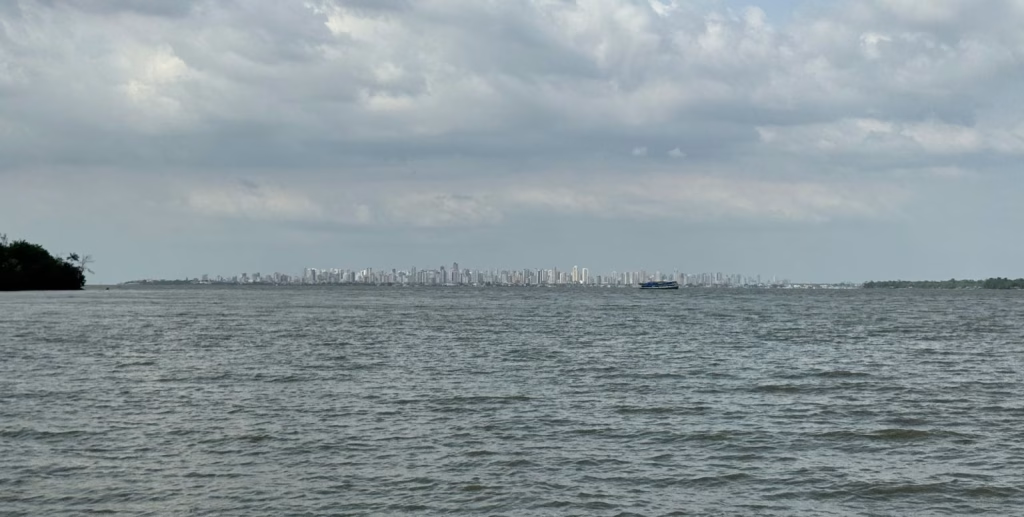No matter how carefully you choose the best lands and tend to them as if they were daughters, if the rain does not come… it does not come. And if the rain then decides to fall all at once in a single day and washes away the piles of millet, the blessing turns into misfortune. The sun was no longer the same, nor were the wind and the rain. […] and so people had changed as well. There were no more celebrations, only arguments. At the market, bargaining had disappeared—people stared at each other with suspicion. And along the lake shore things were even worse, travellers said. […] Everything had become uncertain. It was no longer possible to plan for a future.
Moussa’s story, told in the book Greenhouse Effect, War Effect by Antonello Pasini and Grammenos Mastrojeni, is not just an individual account. It is an emblematic narrative of how environmental pressure intertwines with the erosion of social relations, the gradual loss of livelihoods, and the inability to imagine a future. It is in the silent disintegration of everyday life that climate-induced mobility takes shape – sometimes triggered by an extreme event, sometimes by the painful realisation that staying has become unsustainable.
It is in this grey zone – between the desire to remain and the necessity to leave – that displacement risk emerges. And it is precisely this space that, at COP30 in Belém, became one of the central themes of the global discussion.
Understanding risk: the Global Disaster Displacement Risk Model
The link between climate change and human mobility is at once evident and elusive. Evident, because climatic alterations directly affect livelihoods, water and food availability, and access to vital resources. Elusive, because these impacts unfold within extremely complex socio-political and cultural contexts, making it difficult—often impossible—to isolate a single cause behind any specific movement.
In the field of risk science, discussing “climate-induced mobility” requires a systemic and interdisciplinary perspective that recognises the multi-causal, non-linear, and deeply contextual nature of migratory phenomena.
To model this complexity, at COP30 CIMA Research Foundation — together with the United Nations University – Institute for Environment and Human Security (UNU-EHS), ETH Zurich, the Earth Observatory of Singapore, and the Internal Displacement Monitoring Centre (IDMC) — presented the Global Disaster Displacement Risk Model, launched across two events hosted by the International Organization for Migration (IOM) and by the Global Centre for Climate Mobility and dedicated to the role of data in reducing losses and damages.

The model introduces, for the first time at the global scale, a probabilistic, multi-hazard methodology capable of estimating the number of people who may be forced to move due to river and coastal floods, tropical cyclones, and drought, under different climate scenarios up to the end of the century.
CIMA Research Foundation directly and comprehensively developed the river flood component, building on expertise consolidated progressively—from local-scale studies in Fiji and Vanuatu, to regional analyses in the Horn of Africa, and finally to the global scale—ensuring solid empirical validation and increasing methodological robustness.
A particularly innovative contribution introduced by CIMA is the concept of integrated vulnerability, which combines physical damage with loss of livelihood, allowing for a more complete representation of the mechanisms that lead to displacement.
The work also led to the development of two essential indicators — average annual displacement and probable maximum displacement — providing quantitative parameters that are crucial for planning effective responses and assessing, for example, the capacity of hosting systems.
One of the most relevant implications of analysing future projections lies in the use of modelling chains with scenarios that keep exposure and vulnerability constant—projecting into the future the population and hazard exposure estimated for the present.
As explained by Lauro Rossi, Programme Director at CIMA Research Foundation:
“What we observe in end-century projections is not a photograph of the future, because we know that in many countries the exposed population will change significantly. But by keeping exposure and vulnerability constant, we are able to isolate the climate change signal. It is a rigorous operation: even in a static scenario, the climate component alone can double or triple displacement risk depending on the area. Knowing that a 3°C increase does not only mean more extreme events, but more people forced to move, is essential information. This is why these data must strongly inform policy decisions. The model makes this possible: quantifying in order to decide.”

Why these data matter: informing adaptation policies
The concept of displacement and even loss and damage from climate change were not formally included in the 1992 United Nations Framework Convention on Climate Change (UNFCCC).
Displacement was first explicitly addressed in negotiations under the 2007 Bali Action Plan, which led to its formal inclusion in the 2010 Cancun Adaptation Framework. Although climate-related migration and displacement had already been mentioned in the first IPCC assessment report in 1990, the issue gained real prominence only in the late 2000s and was officially incorporated into the UNFCCC process at COP16 in Cancun (2010).
The Paris Agreement later established the Task Force on Displacement, mandated to “develop recommendations for integrated approaches to avert, minimize, and address displacement related to the adverse impacts of climate change.”
Finally, the Santiago Network, created in December 2019 to concretely address climate impacts in developing countries — including displacement — was announced as fully operational just a few days ago at COP30, during the Santiago Network in Action event.
Today, attention to climate mobility is therefore increasing — both at COP30 and in the international debate — but without numbers, effective policies cannot be built. Data enable decision-makers to understand where displacement is and will be most likely, and with what intensity; to size response capacities and hosting infrastructure; to integrate mobility into adaptation plans and early warning systems; and to anticipate future impacts by isolating the contribution of climate change.
As noted by Luca Ferraris, President of CIMA Research Foundation: “The debate at COP30 shows clearly that it is not enough to know that climate change increases risk. We need to know how much, where, and for whom. Only then can we build fair policies and protection mechanisms that leave no one behind.”
Looking ahead: from science to action
Inside COP30 — among pavilions dedicated to mobility and technical consultations — a shared understanding emerges: there is no effective adaptation without a scientific reading of climate mobility.
Quantifying displacement does not mean reducing the complexity of human lives; it means providing tools to protect them.
Risk science, as our researchers remind us, is not an abstract exercise—it is a way to restore forecasting capacity to communities that have lost it. And as international dialogue continues, data become a bridge between the present and what can still be prevented.
As Lauro Rossi emphasises: “Quantitative modelling, based on the most rigorous methods possible, is the only way to support informed decisions. Modelling a human decision is never simple: displacement does not depend solely on climate forcing, but on the dynamic interaction between physical impacts and elements of social vulnerability linked to livelihoods. Bringing rigorous quantitative analysis into this field means recognising this complexity and building tools that represent it with the greatest possible solidity. Without quantification there is no action, and without action there is no adaptation.”
And in this space between analysis and decision-making, CIMA Research Foundation brings a clear vision: transforming knowledge into the capacity to build the future.


